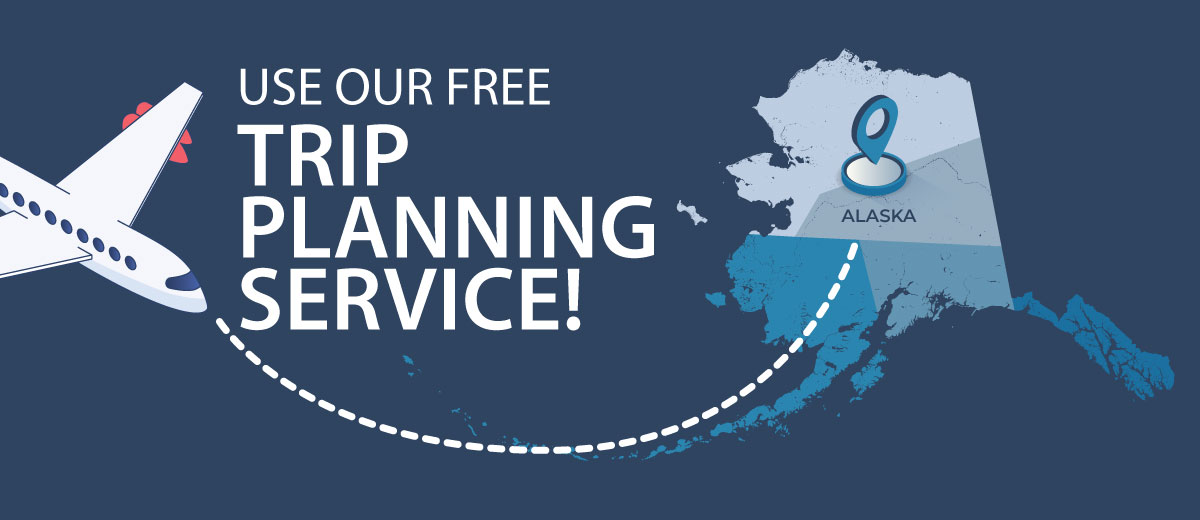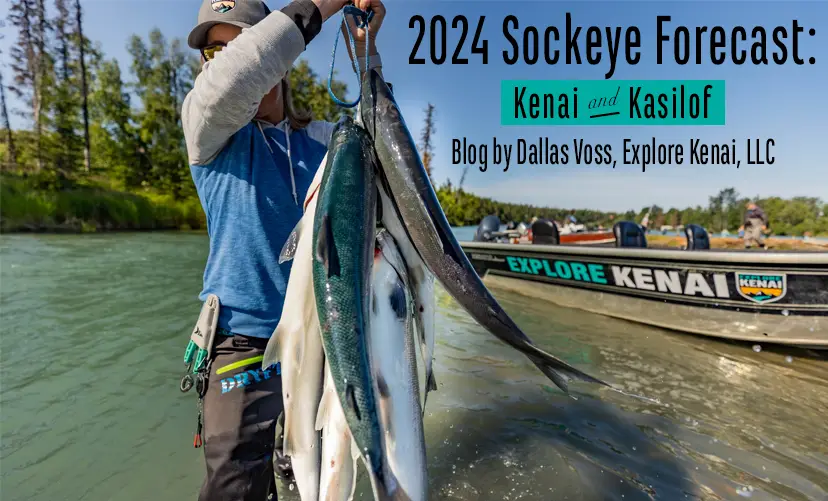
Kenai sockeye counts, as well as Kasilof sockeye counts forecast, are helpful tools for planning your Alaska trip. Whether sockeye fishing in Alaska is the primary focus of your trip or just a one-day excursion of a larger-scaled adventure, timing makes all the difference. Fortunately, the peak of the sockeye salmon run aligns perfectly with the peak of summer, when we see the best weather.
Blog by Dallas Voss, Explore Kenai, LLC
The decline of Kenai Chinook has paved the way for Kenai sockeye counts to shine. Sockeye now dominate as the preferred salmon to target on the Kenai Peninsula. The sheer abundance of sockeye returning to the two river systems make it a quick way for locals and visitors to fill their freezers, and have a blast in the process.
ADFG Releases Run Projections
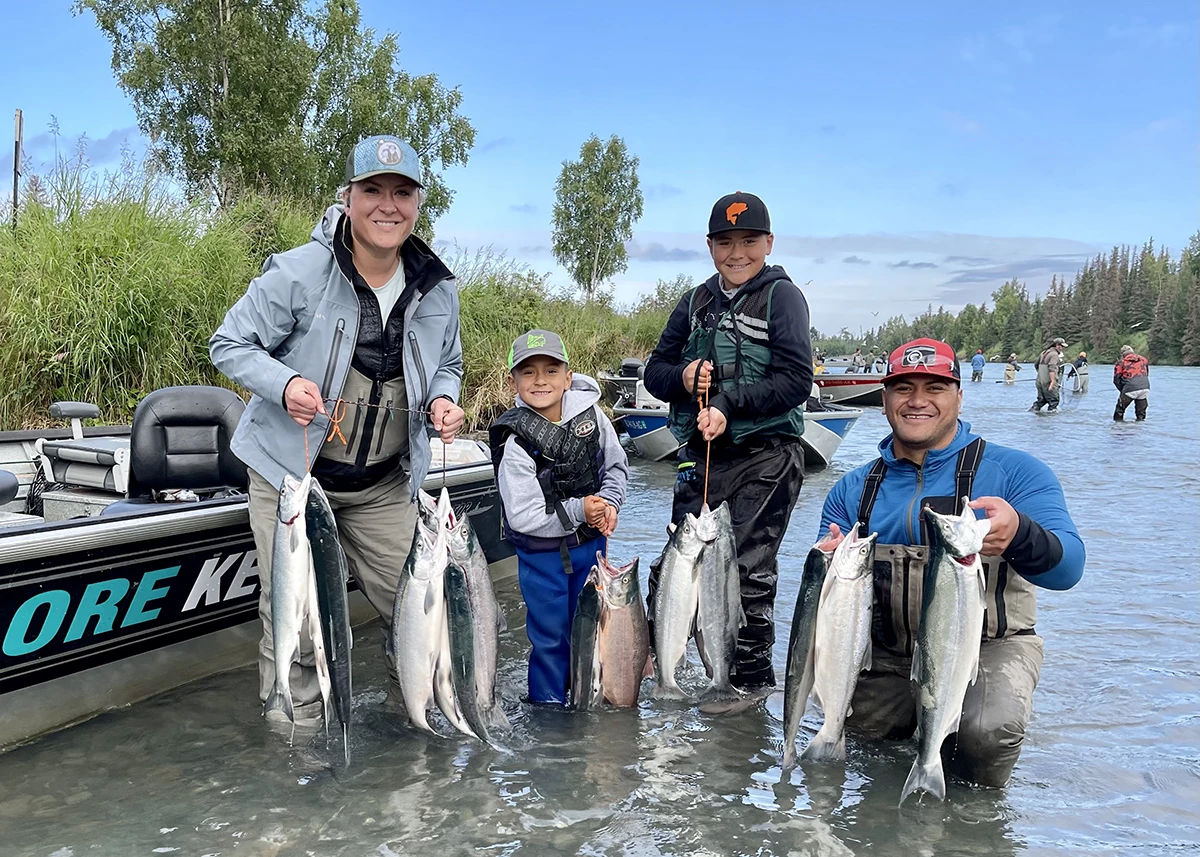 Last month the Alaska Department of Fish & Game (ADF&G) projected that the Upper Cook Inlet sockeye salmon run will be “average” for the upcoming 2024 season. ADF&G is forecasting the Cook Inlet, which includes the Susitna rivers and Fish Creek in addition to the Kenai and Kasilof, to return 5.72 million. Of those 5.72 million, ADF&G’s escapement goals are two million, leaving 3.72 for harvest throughout these drainages. They estimate the run will fall between 4.21 and 7.22 million. This makes it an average return, based on counts historically since 1986.
Last month the Alaska Department of Fish & Game (ADF&G) projected that the Upper Cook Inlet sockeye salmon run will be “average” for the upcoming 2024 season. ADF&G is forecasting the Cook Inlet, which includes the Susitna rivers and Fish Creek in addition to the Kenai and Kasilof, to return 5.72 million. Of those 5.72 million, ADF&G’s escapement goals are two million, leaving 3.72 for harvest throughout these drainages. They estimate the run will fall between 4.21 and 7.22 million. This makes it an average return, based on counts historically since 1986.
Kenai Sockeye Counts are Projected to be Solid
Of those 5.72 million projected for Upper Cook Inlet, the Kenai River sockeye forecast is approximately 3.38 million fish. This number is 14% less than its historical average but it is still 6% higher than the past 10-year average run of 3.17 million. Either way, it’s a lot of reds! Last season, the estimated total run of the Kenai River was 3.69 million. These numbers were strong enough that by July 21 ADF&G doubled the sportfishing retention limit from three to six sockeye per person, per day. The run continued to produce limits for sport fishers well into the middle of August. It was a great year for sockeye.
Meanwhile on the Kasilof River, the sockeye salmon calculation for 2024 is roughly 1.12 million fish. That is a whopping 20% greater than the historical average and 17% better than the recent 10-year average. Overall, the sockeye run should come close to the 2023 total of 1.29 million, making for another excellent season of fishing on the drift-boat only Kasilof River.
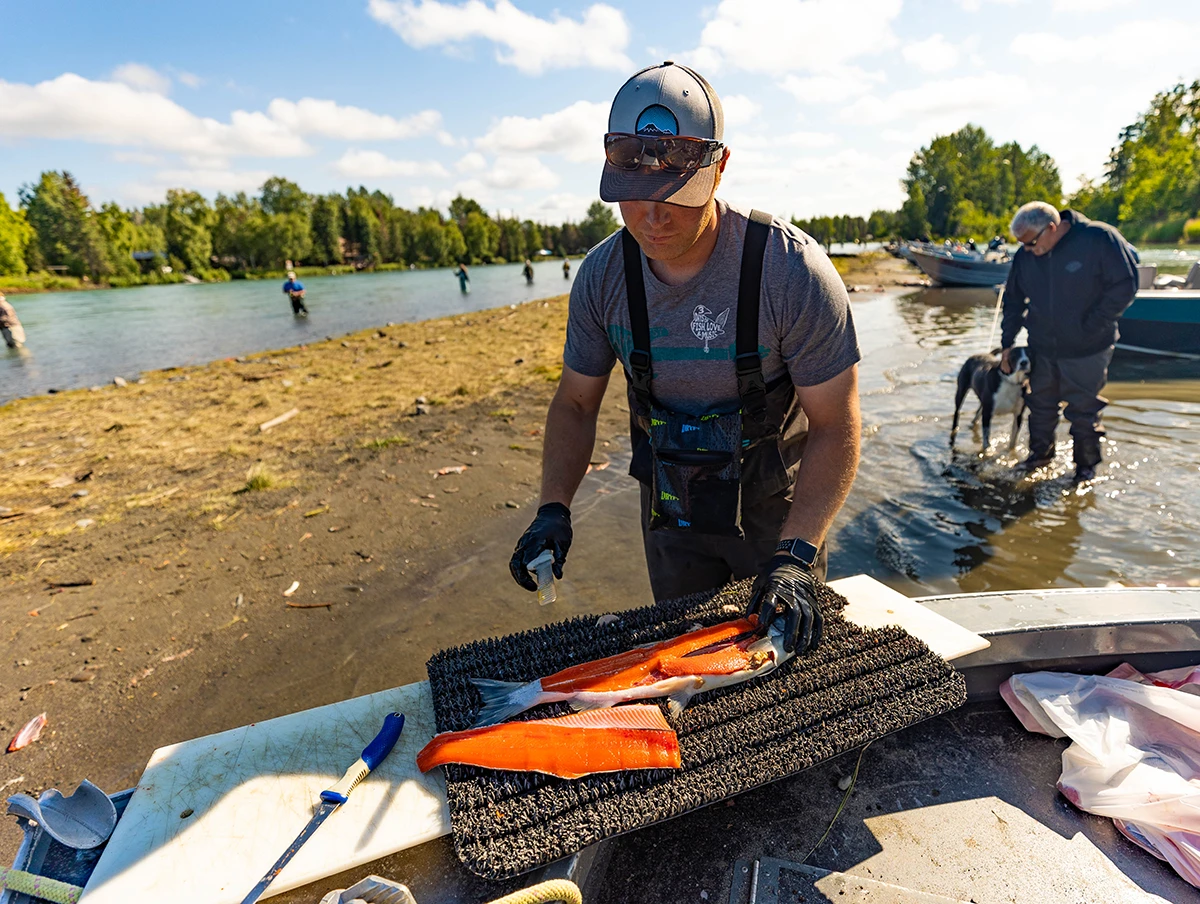 Sockeye Run Timing
Sockeye Run Timing
To target these salmon on the Kenai and Kasilof rivers, having a basic understanding of when they typically return to freshwater greatly helps. The first of two distinct sockeye runs on the Kenai starts mid-June, with the bulk of the salmon entering the mouth of the Kenai before beelining it 74 miles to the Russian River. The funneling of sockeye from the Kenai River into the Russian River provides a pinch-point to get your daily limit. The first run will generally wrap up around the end of the month.
Larger than the first run, the second run of sockeye on the Kenai River typically enter in mid-July and continue through mid-August. This is known as the “peak” of the season on the Kenai Peninsula. It is not unheard of for 100,000-plus salmon to enter the Kenai daily for multiple days in a row during July. This is when it’s on fire, providing excellent fishing opportunities for residents and non-residents alike.
Thirty minutes away on the Kasilof River, sockeye run dates somewhat mirror the Kenai, but on a smaller scale. The first fish usually show up in early-to-mid June with the highest concentration towards the end of the month before the second run peaks around the third week of July. Sportfishermen can continue to target reds through the middle of August on the Kasilof.
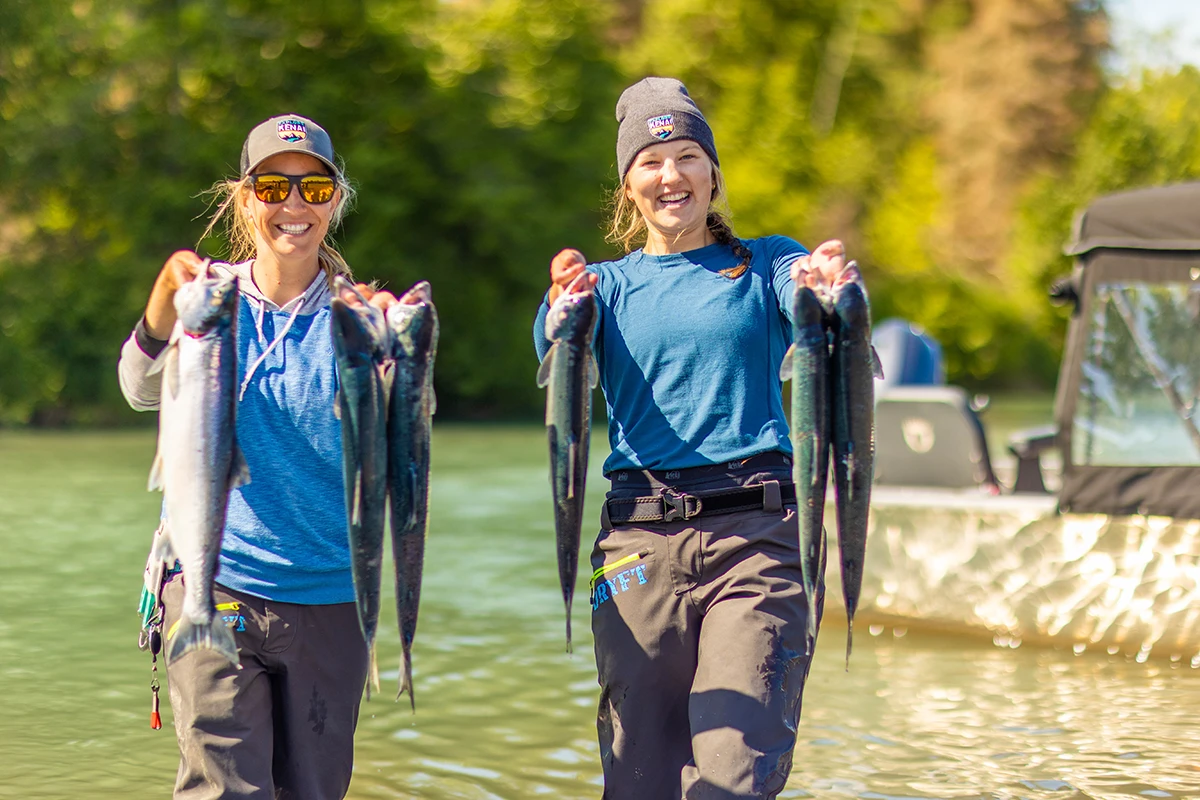 Once you have a minimal understanding of when the bulk of Kenai sockeye counts return to the river systems, it is time to fish. Whether you are a fly fisherman or not, using a fly-rod setup to catch sockeye is a proven gear choice to target these salmon. Since it is typically a much lighter set-up than a conventional rod and reel, a fly-rod combo allows the angler to fish longer, with an easier workload on their shoulder and arm.
Once you have a minimal understanding of when the bulk of Kenai sockeye counts return to the river systems, it is time to fish. Whether you are a fly fisherman or not, using a fly-rod setup to catch sockeye is a proven gear choice to target these salmon. Since it is typically a much lighter set-up than a conventional rod and reel, a fly-rod combo allows the angler to fish longer, with an easier workload on their shoulder and arm.
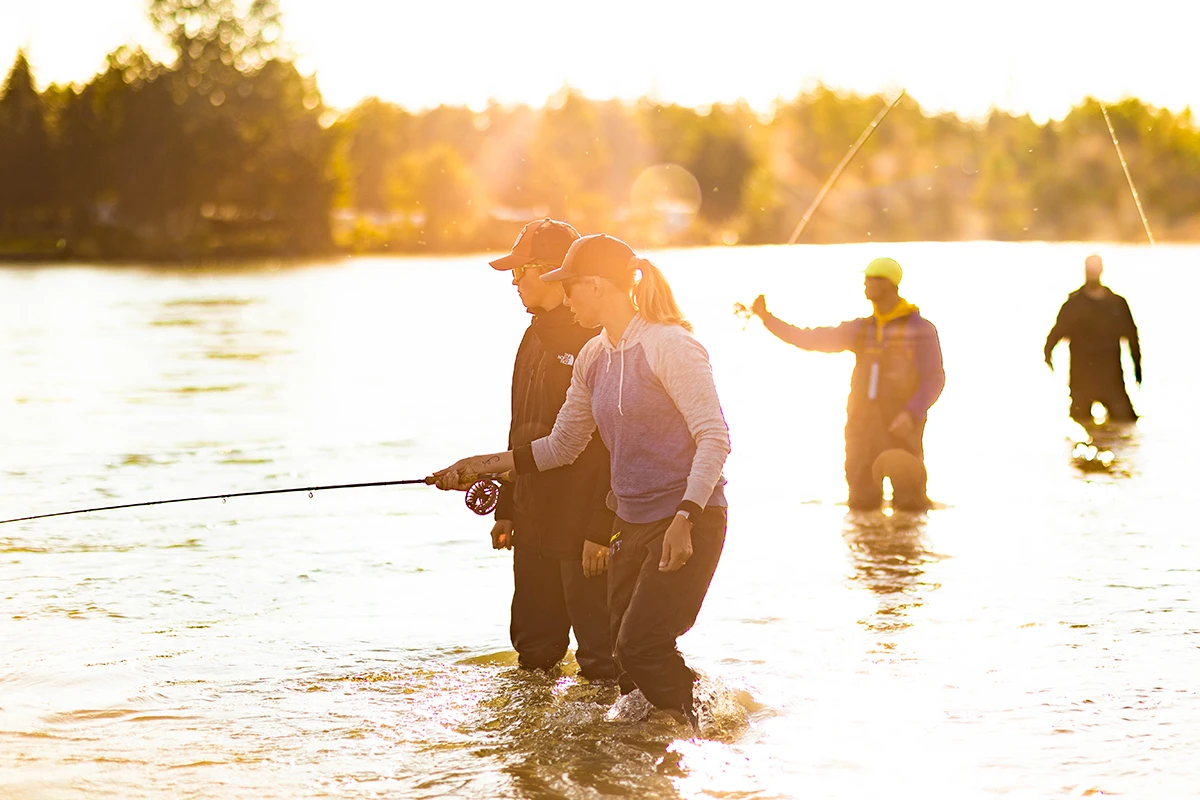 Pairing an 8- or 9-weight rod with a quality fly reel is essential for dealing with the river’s strong currents and these hefty salmon. A fan favorite on the Kenai Peninsula is Okuma’s ‘Kenai Red’ rod, which can be purchased at Soldotna Hardware and Fishing, our local sporting goods and hardware retailer. Pair it with Redington’s Behemoth reel of a similar size, which comes with a super-heavy, drag package that can handle these fish. As for line, floating line can be used, but it is not necessary. Using straight monofilament with the appropriate amount of weight will allow you to get the hook down to the bottom of the river where the fish are swimming. Using a technique called ‘flossing’, fishermen get a rush of excitement when their hook makes contact with these powerful fish.
Pairing an 8- or 9-weight rod with a quality fly reel is essential for dealing with the river’s strong currents and these hefty salmon. A fan favorite on the Kenai Peninsula is Okuma’s ‘Kenai Red’ rod, which can be purchased at Soldotna Hardware and Fishing, our local sporting goods and hardware retailer. Pair it with Redington’s Behemoth reel of a similar size, which comes with a super-heavy, drag package that can handle these fish. As for line, floating line can be used, but it is not necessary. Using straight monofilament with the appropriate amount of weight will allow you to get the hook down to the bottom of the river where the fish are swimming. Using a technique called ‘flossing’, fishermen get a rush of excitement when their hook makes contact with these powerful fish.
Overall, being armed with the timing and tackle knowledge, successful flossing for sockeye salmon on the Kenai and Kasilof rivers is close to hand. Whether it is your first time or you are a skilled, sockeye Jedi, Kenai sockeye counts for 2024 are looking solid. It should be another great year of sockeye fishing on the Kenai Peninsula!
Dallas Voss is a life-long Kenai, Alaska, resident that lives year-round on the peninsula with her husband and two children. A Trout Unlimited Kenai River Guide Ambassador, she is a registered guide and co-owner of Explore Kenai LLC.


